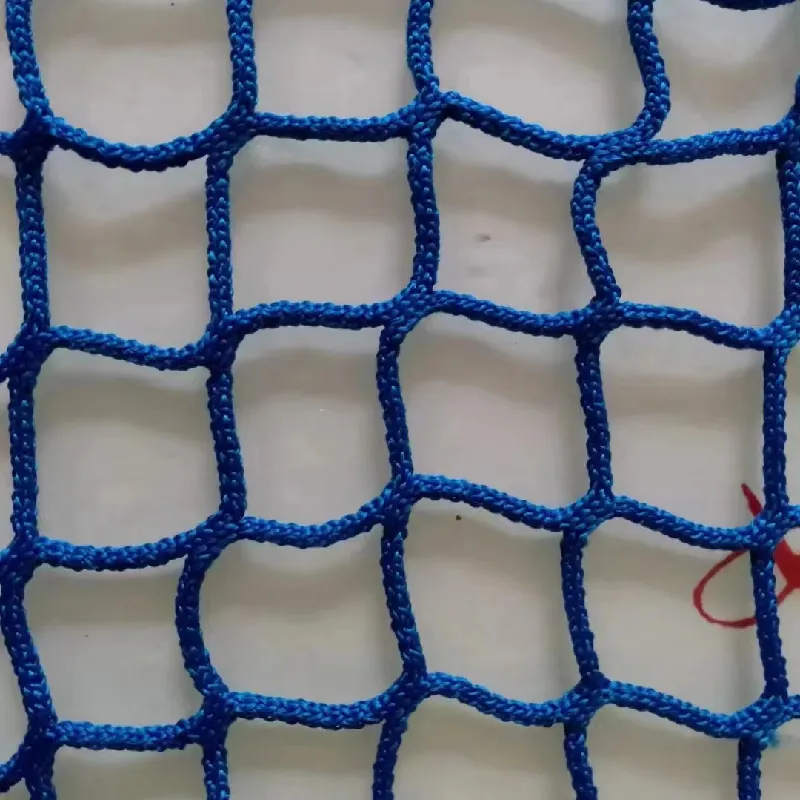-
 Afrikaans
Afrikaans -
 Albanian
Albanian -
 Amharic
Amharic -
 Arabic
Arabic -
 Armenian
Armenian -
 Azerbaijani
Azerbaijani -
 Basque
Basque -
 Belarusian
Belarusian -
 Bengali
Bengali -
 Bosnian
Bosnian -
 Bulgarian
Bulgarian -
 Catalan
Catalan -
 Cebuano
Cebuano -
 China
China -
 Corsican
Corsican -
 Croatian
Croatian -
 Czech
Czech -
 Danish
Danish -
 Dutch
Dutch -
 English
English -
 Esperanto
Esperanto -
 Estonian
Estonian -
 Finnish
Finnish -
 French
French -
 Frisian
Frisian -
 Galician
Galician -
 Georgian
Georgian -
 German
German -
 Greek
Greek -
 Gujarati
Gujarati -
 Haitian Creole
Haitian Creole -
 hausa
hausa -
 hawaiian
hawaiian -
 Hebrew
Hebrew -
 Hindi
Hindi -
 Miao
Miao -
 Hungarian
Hungarian -
 Icelandic
Icelandic -
 igbo
igbo -
 Indonesian
Indonesian -
 irish
irish -
 Italian
Italian -
 Japanese
Japanese -
 Javanese
Javanese -
 Kannada
Kannada -
 kazakh
kazakh -
 Khmer
Khmer -
 Rwandese
Rwandese -
 Korean
Korean -
 Kurdish
Kurdish -
 Kyrgyz
Kyrgyz -
 Lao
Lao -
 Latin
Latin -
 Latvian
Latvian -
 Lithuanian
Lithuanian -
 Luxembourgish
Luxembourgish -
 Macedonian
Macedonian -
 Malgashi
Malgashi -
 Malay
Malay -
 Malayalam
Malayalam -
 Maltese
Maltese -
 Maori
Maori -
 Marathi
Marathi -
 Mongolian
Mongolian -
 Myanmar
Myanmar -
 Nepali
Nepali -
 Norwegian
Norwegian -
 Norwegian
Norwegian -
 Occitan
Occitan -
 Pashto
Pashto -
 Persian
Persian -
 Polish
Polish -
 Portuguese
Portuguese -
 Punjabi
Punjabi -
 Romanian
Romanian -
 Russian
Russian -
 Samoan
Samoan -
 Scottish Gaelic
Scottish Gaelic -
 Serbian
Serbian -
 Sesotho
Sesotho -
 Shona
Shona -
 Sindhi
Sindhi -
 Sinhala
Sinhala -
 Slovak
Slovak -
 Slovenian
Slovenian -
 Somali
Somali -
 Spanish
Spanish -
 Sundanese
Sundanese -
 Swahili
Swahili -
 Swedish
Swedish -
 Tagalog
Tagalog -
 Tajik
Tajik -
 Tamil
Tamil -
 Tatar
Tatar -
 Telugu
Telugu -
 Thai
Thai -
 Turkish
Turkish -
 Turkmen
Turkmen -
 Ukrainian
Ukrainian -
 Urdu
Urdu -
 Uighur
Uighur -
 Uzbek
Uzbek -
 Vietnamese
Vietnamese -
 Welsh
Welsh -
 Bantu
Bantu -
 Yiddish
Yiddish -
 Yoruba
Yoruba -
 Zulu
Zulu
Welded Screen Solutions for Durable Filtration and Security
The Strength and Versatility of Welded Screens
Welded screens, an essential component in various industries, have garnered attention for their strength, durability, and versatility. These screens are constructed from metal wires that are welded together at their intersections, creating a robust mesh. The manufacturing process ensures that the joints are strong enough to withstand tension and pressure, making welded screens ideal for numerous applications ranging from construction to agriculture.
One of the most prominent applications of welded screens is in the construction industry. Builders often utilize these screens as concrete reinforcement, providing enhanced structural integrity to cement structures. By embedding welded screens within concrete forms, the risk of cracking is significantly reduced. This application not only improves the longevity of buildings but also enhances safety for occupants.
In agriculture, welded screens play a vital role in protecting crops and livestock. Farmers use welded wire fencing to create secure enclosures that safeguard livestock from predators while allowing for proper ventilation and visibility. Additionally, welded screens are employed as protective barriers around gardens and orchards, preventing pests and larger animals from damaging plants. Their durability ensures that these barriers will withstand harsh weather conditions and remain effective for years.
Another key advantage of welded screens is their versatility in various filtration systems
. The precise openings in welded mesh can be tailored to specific needs, making them suitable for filtering out unwanted materials in water treatment facilities and industrial processes. Their robust construction allows them to handle high flow rates without compromising performance, ensuring efficient operations across different sectors.welded screen

In addition to their functional benefits, welded screens also come with aesthetic appeal. They are often used in architectural designs for projects ranging from residential properties to commercial buildings. The clean lines and uniform appearance of welded screens can complement modern design principles, while their structural integrity contributes to the overall stability and safety of constructions.
Maintenance of welded screens is relatively straightforward, making them a preferred choice for many industries. Routine inspections can help identify any signs of wear or damage, and if maintained properly, they can last for decades. Even in corrosive environments, specialized coatings can enhance the longevity of welded screens, ensuring their effectiveness over time.
Sustainability is another aspect that has led to the increasing popularity of welded screens. Many manufacturers are now focusing on producing these screens from recycled materials, which supports environmental initiatives while offering high-quality products. As industries move towards more sustainable practices, welded screens provide an eco-friendly solution without sacrificing performance.
In conclusion, welded screens are an indispensable tool across a multitude of sectors. Their strength, durability, and versatility make them ideal for applications in construction, agriculture, filtration systems, and architectural designs. As the demand for reliable and sustainable materials continues to grow, welded screens are poised to remain at the forefront, proving their worth in both functionality and design for years to come.
-
Shipping Plastic Bags for Every NeedNewsJul.24,2025
-
Safety Netting: Your Shield in ConstructionNewsJul.24,2025
-
Plastic Mesh Netting for Everyday UseNewsJul.24,2025
-
Nylon Netting for Every UseNewsJul.24,2025
-
Mesh Breeder Box for Fish TanksNewsJul.24,2025
-
Expanded Steel Mesh Offers Durable VersatilityNewsJul.24,2025











